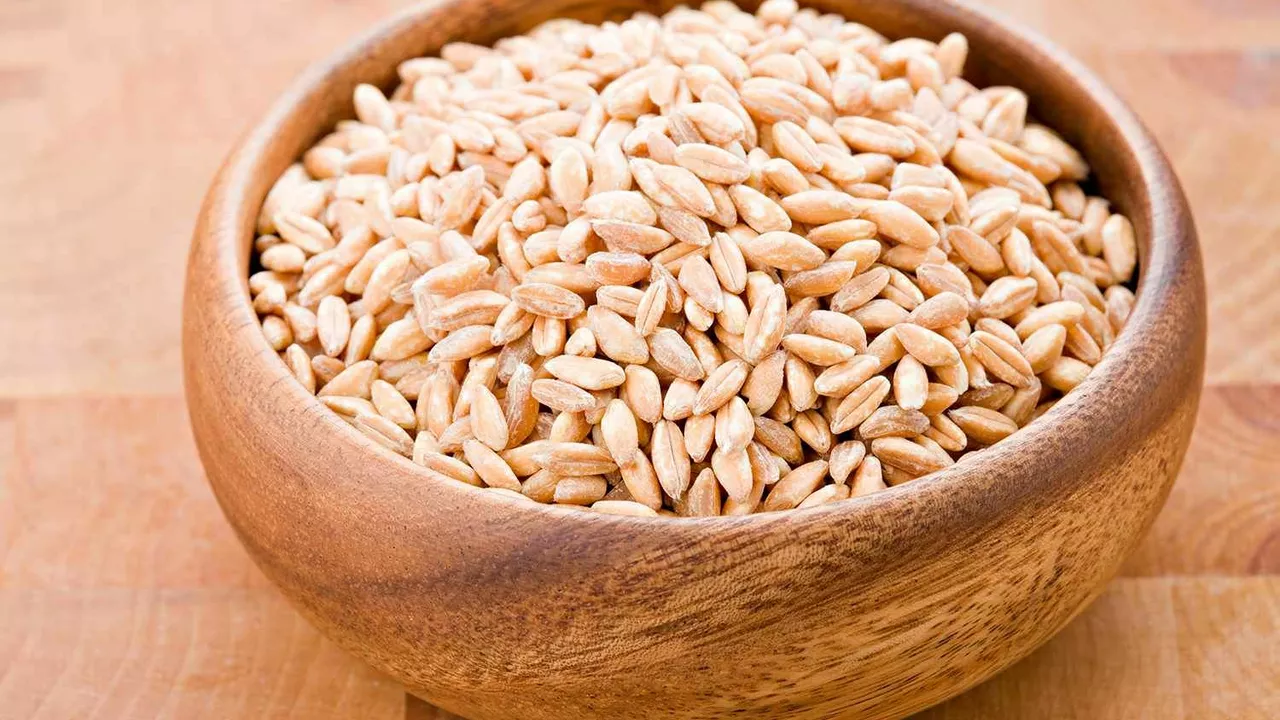Barley is a humble whole grain that brings real nutrition to your plate. Packed with fiber, vitamins, and minerals, it works well as a base for meals, a thickener in soups, or a simple drink as barley water. Use pearled barley for quick meals and hulled barley when you want full fiber. Barley also appears in flour, malt products and barley grass supplements.
One clear benefit is soluble fiber called beta‑glucan. It slows digestion, helps steady blood sugar after meals, and feeds beneficial gut bacteria. Clinical research finds that regular barley intake can help lower LDL cholesterol and support heart health. Barley is also a good source of manganese, selenium, and B vitamins.
A cooked cup of barley gives you fiber, a modest amount of protein, and minerals that matter. It delivers slowly absorbed carbs that keep you full longer. Compared to refined grains, barley keeps blood sugar steadier after a meal. If you track macros, add barley as a budget-friendly whole grain.
Pearled barley cooks faster (about 25 to 30 minutes simmer); hulled barley takes longer (40 to 60 minutes) but keeps more fiber. For soups, rinse the grain and add it early so it plumps as the soup cooks. For salads, cook, cool, and toss with lemon, olive oil, herbs and chopped veggies. Make simple barley porridge for breakfast with milk, fruit and a pinch of salt.
Barley water is easy: simmer one cup of barley in six cups of water for 20 to 30 minutes, strain and chill. Drink plain or add lemon and a little honey. Barley grass powder works differently; people use a teaspoon or two daily for greens, but follow the product label. If you take blood sugar or other medications, check with a clinician before adding large amounts of fiber.
Barley contains gluten, so avoid it if you have celiac disease or a gluten sensitivity. People with wheat allergy may also react. Because barley slows digestion, it can change how fast some pills get absorbed. Take medicines one to two hours before or after a high-fiber barley meal unless your prescriber says otherwise. Store dry barley in an airtight container in a cool dark place for up to six months.
Shopping tip: buy hulled barley for whole grain benefits or pearled barley for faster cooking. Look for barley labeled organic if you prefer fewer pesticides. Use leftover cooked barley like rice, stir it into fried rice, add to grain bowls, or freeze portions for quick meals.
Pair barley with beans or lentils for a low-cost complete protein. Try mixing cooked barley with roasted squash, feta, pumpkin seeds, and a lemon vinaigrette for a fast meal. For a warming dinner, substitute barley for rice in stews and the grain will absorb flavors without falling apart. If you want bread, blend barley flour with wheat flour up to half the flour for denser loaves. Start gradually if you're new to high-fiber foods.
